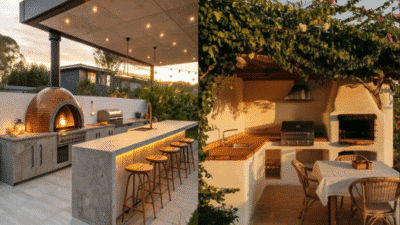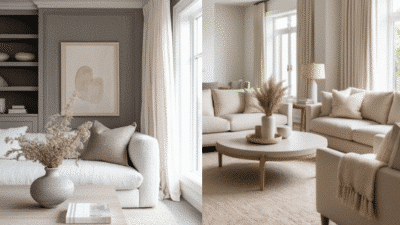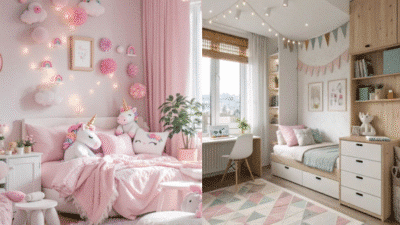It’s easier than ever to get swept up in the latest interior trends, but just as quickly, some styles lose their appeal. You can refresh your home by recognizing which design choices have quietly slipped into the “outdated” category. Staying aware of these anti-trends keeps your space feeling intentional, welcoming, and up-to-date.
Maybe you’ve noticed all-white rooms or oversized open floor plans no longer spark joy the way they once did, or perhaps you’re curious about which materials and finishes feel past their prime in 2025. Knowing what to phase out can help you avoid costly decorating mistakes and ensure your home truly reflects your taste while embracing a more current look.
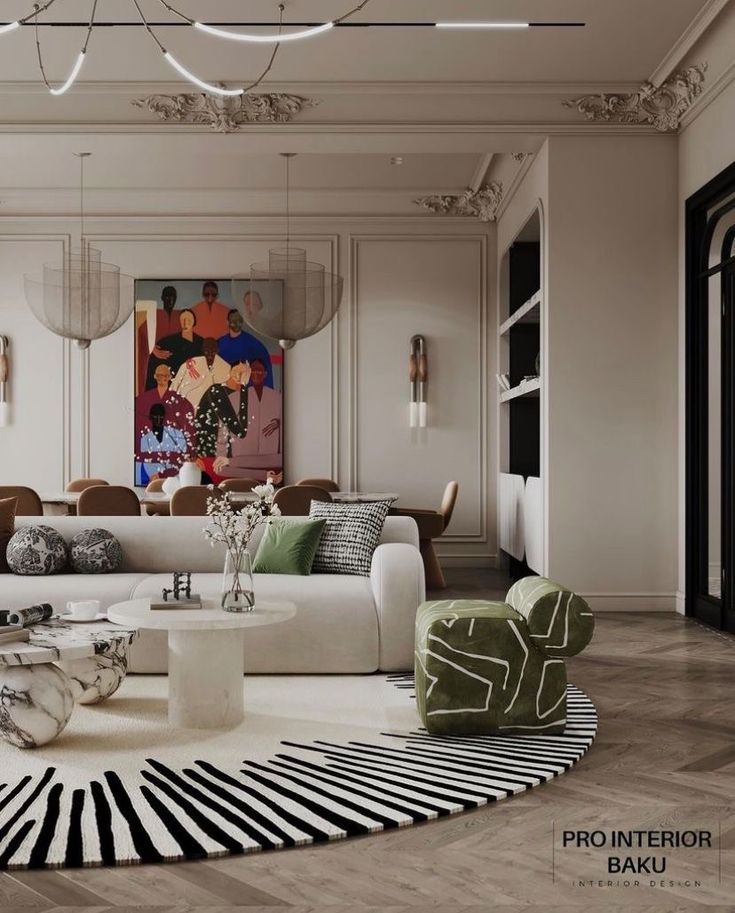
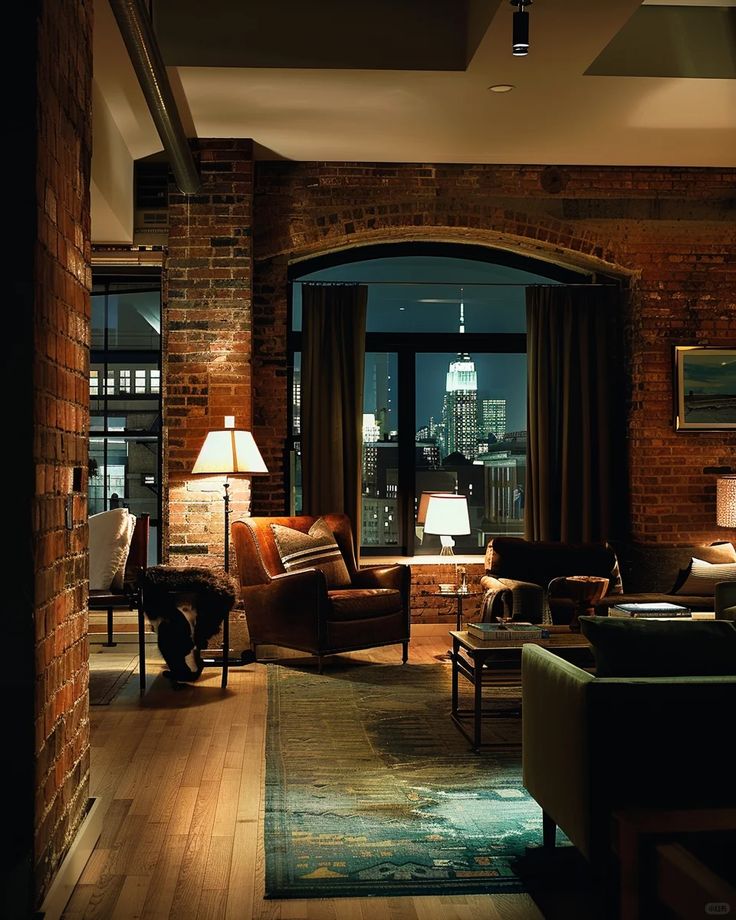
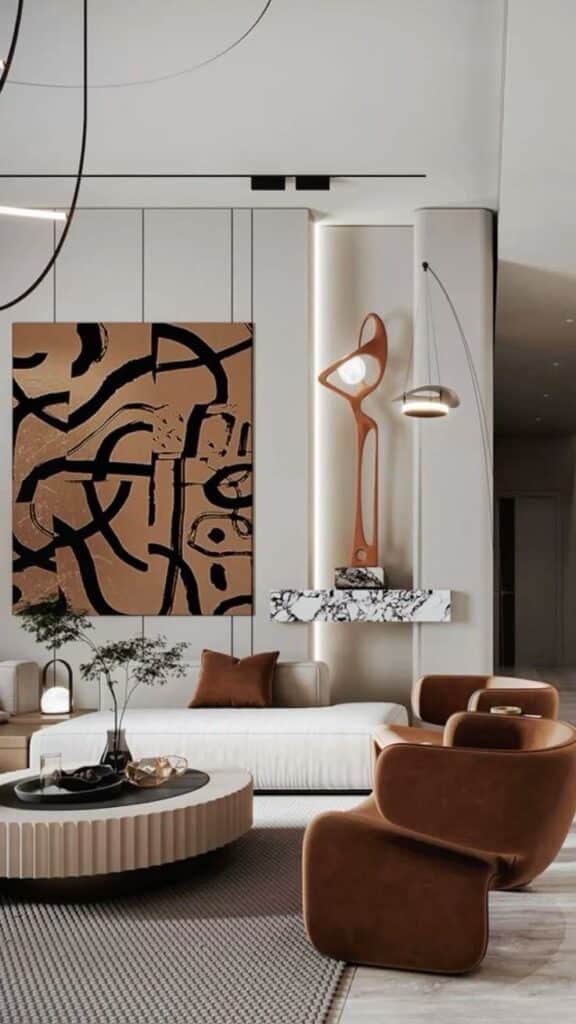
Key Takeaways
- Learn how anti-trends shape today’s interiors.
- Find out which finishes and styles are fading out.
- Discover how to keep your space feeling fresh and modern.
Understanding Anti-Trends in Interior Design
Anti-trends challenge the popularity of mainstream interior design, focusing on longevity instead of constant reinvention. You can better understand how your style preferences sit within the dynamic world of interior design by learning about anti-trends, their origins, and their impact.
What Are Anti-Trends?
Anti-trends are a response to the fast-paced world of interior design trends that quickly fall in and out of favor. Rather than chasing what is “in” right now, anti-trends encourage you to embrace design choices that feel authentic and stand the test of time.
Instead of mass-produced styles, anti-trends highlight personal expression and practical living. This means moving away from items and color palettes that were once everywhere—like macramé, bold neons, or bulky industrial fixtures—and choosing pieces that work for your life.
Some hallmarks of anti-trend design include simple lines, functional layouts, and natural materials. The focus is always on comfort and meaning, not simply following the latest wave of what’s popular on social media.
The Evolution of Interior Design Trends
Interior design trends have always reflected shifts in culture, technology, and lifestyle. From mid-century modern to Japandi, trends can dominate for a season before swiftly fading as new ideas emerge.
In the past, changes happened slowly as they traveled by word of mouth and print. Now, social media spreads trends rapidly, making them feel outdated almost as soon as they become popular. This cycle of quick adoption and abandonment can leave your space feeling stale before you’ve fully settled in.
Anti-trends push back by encouraging you to look beyond surface-level style updates. By understanding design history—what lasts and what doesn’t—you choose interiors less influenced by passing fads and more by enduring appeal.
Why Outdated Styles Matter
Knowing what’s outdated helps you avoid investing in choices that will make your home feel tired or unstylish. Outdated styles, like wall-to-wall gray, heavy ornamental decor, or excessive use of industrial motifs, no longer offer the same visual freshness or appeal.
If you’re planning a renovation or refreshing a room, understanding anti-trends lets you sidestep quick fixes that lose relevance fast. You’ll be able to spot dated details—like unnecessary upper kitchen cabinets covering windows or over-decorated dining spaces—and replace or avoid them with more timeless solutions.
This approach ensures your interiors stay inviting, functional, and current, reflecting both your tastes and an understanding of what design truly stands the test of time.
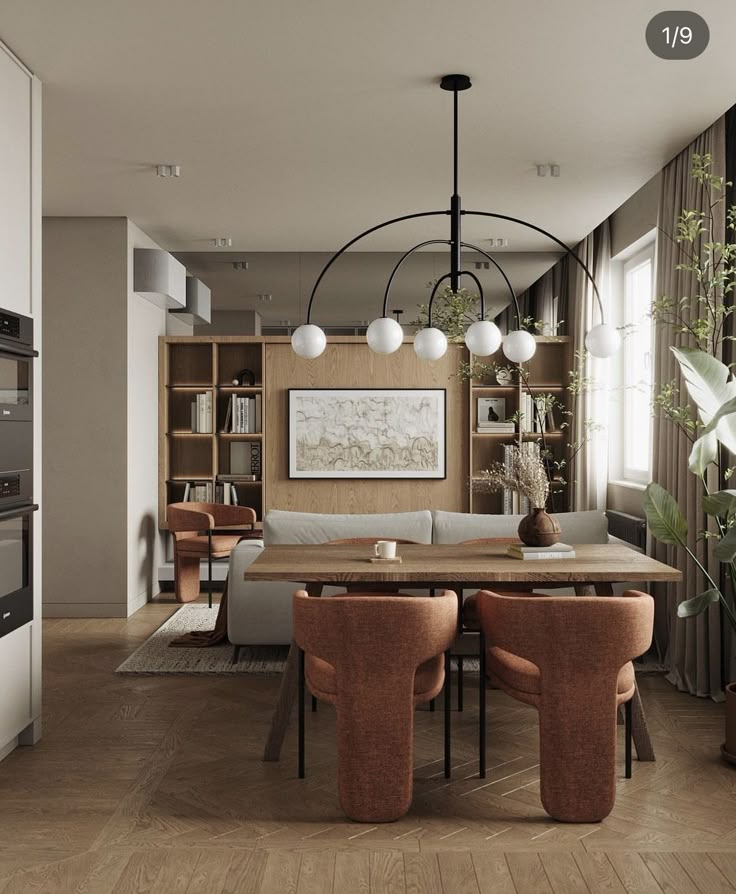
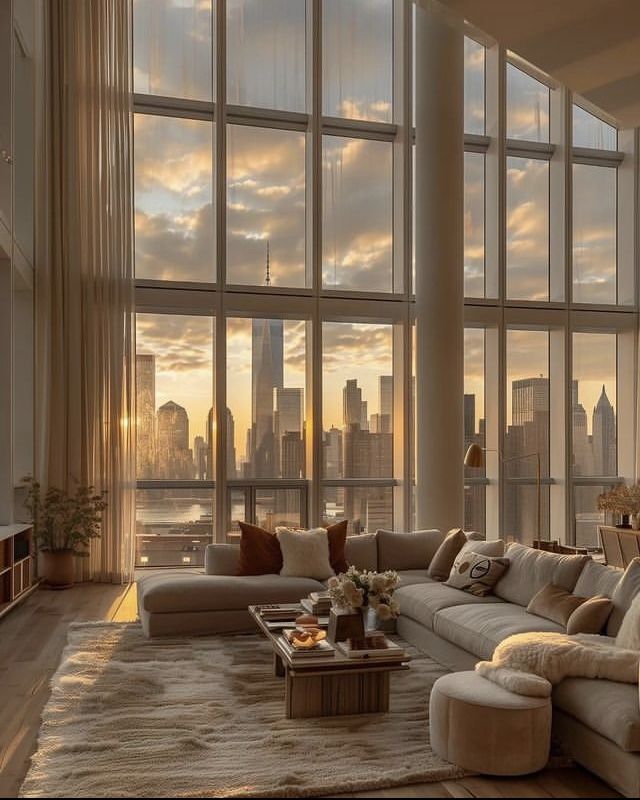

Outdated Materials and Finishes
Lately, certain popular materials and finishes have begun to stand out for the wrong reasons. Shifts in taste, function, and a push for warmer, more natural interiors mean some elements are now seen as dated.
Phasing Out Concrete Features
Once considered ultra-modern, concrete walls, countertops, and floors now feel impersonal in many settings. This industrial material can make a space seem cold and uninviting, especially in homes that benefit from softness and warmth.
You might notice concrete’s flat gray tone isn’t as appealing when compared to richly textured natural wood or stone. Maintenance is another factor—concrete surfaces can stain easily and may crack over time, meaning they rarely age gracefully.
Alternatives now include:
- Wood with natural finishes
- Textured stone
- Recycled materials with character
Choosing these can help create a more welcoming and timeless atmosphere.
Rethinking Mosaic Elements
Mosaic backsplashes and accent walls saw a surge in the last decade, especially in kitchens and bathrooms. Small glass or ceramic tiles arranged in elaborate patterns may appear busy or cluttered compared to today’s preference for calm, cohesive surfaces.
These mosaics often draw too much attention and can clash with other decor updates. Plus, grout lines require frequent cleaning and can discolor, impacting the room’s overall freshness.
Many designers now lean towards large-format tiles, subtle terrazzo, or solid surfaces that are easier to maintain. These offer a more subtle look and suit a variety of design styles.
The Decline of Sterile White
All-white interiors—once celebrated for feeling crisp and open—now risk feeling stark or clinical. Walls, cabinets, and floors done entirely in sterile white lack depth and personality, particularly as people seek out cozy and relaxed spaces.
Pure white can easily highlight dirt, scuffs, and imperfections, leading to more upkeep. Newer trends focus on layering soft neutrals, warm tones, and natural materials like oak, linen, or earthy ceramics.
Adding color variation and texture instantly helps your space feel more inviting and less severe. The shift away from sterile white encourages your home to reflect your style and create a lived-in, comfortable feel.
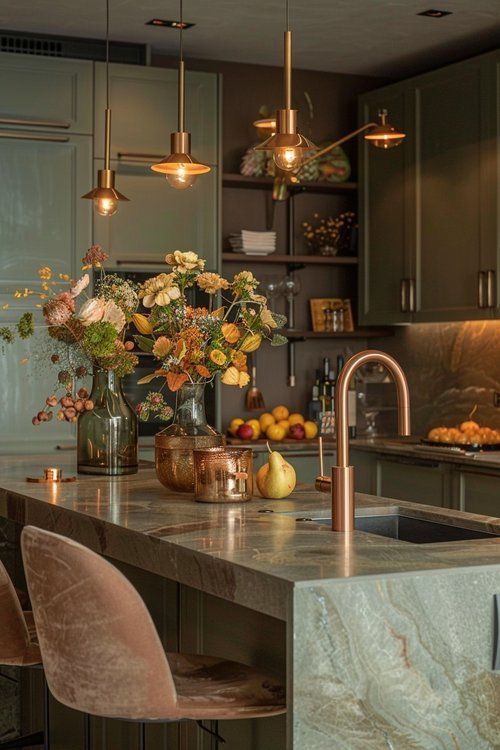
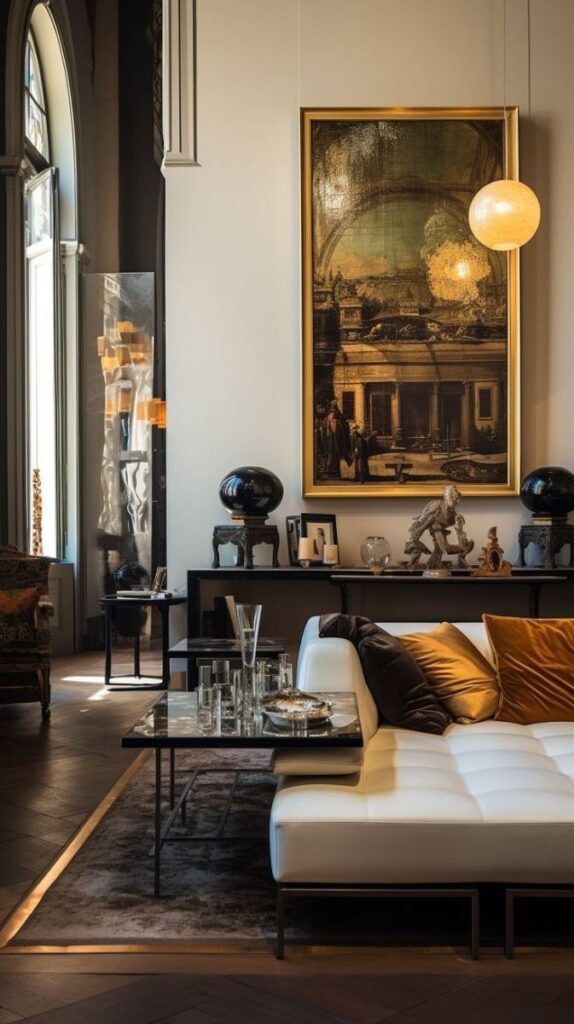
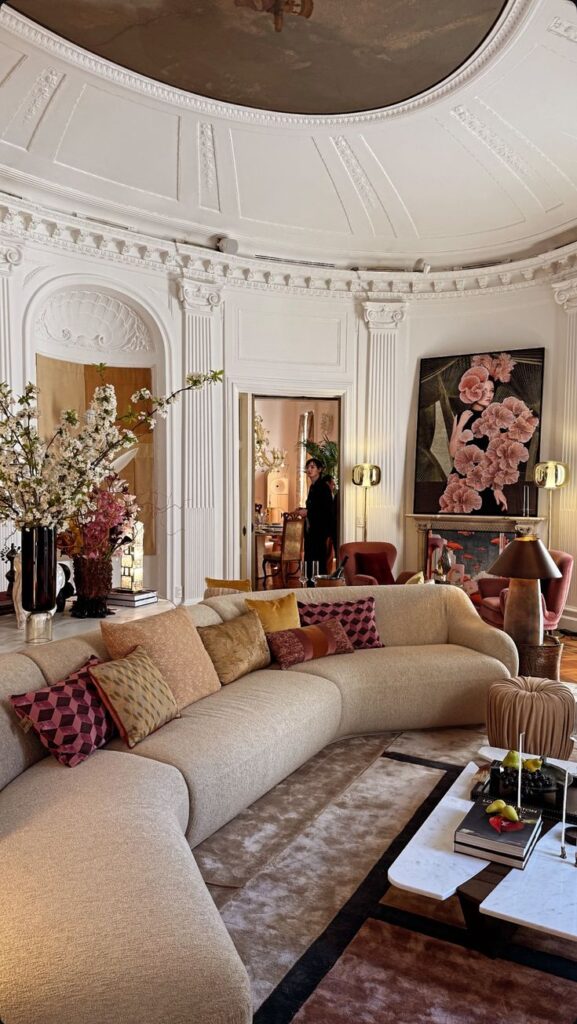
Past Design Choices Losing Popularity
Many design elements that were once considered stylish are now falling out of favor. These shifts impact the way you might approach color, pattern, and feature walls in your space.
Accent Walls No Longer In Favor
Accent walls, once a popular way to add interest with a single painted or wallpapered wall, are waning in appeal. More designers now prefer a cohesive color palette throughout a room to create a sense of unity rather than stark contrast.
The trend of using bold colors or textures on one wall can sometimes make spaces feel unbalanced or dated. You might notice that strong, contrasting accent walls, especially in open concept layouts, can disrupt the flow and make decorating more challenging.
Instead, painting all walls the same neutral or soft color is gaining favor. This provides a fresh, timeless look that allows your furniture and decor to stand out. If you still want to add visual interest, consider using texture in smaller details or incorporating art and accessories.
Popular alternatives:
- Monochromatic color schemes
- Subtle wall paneling
- Layered decor and artwork
Wallpaper’s Outdated Patterns
Certain wallpaper patterns, especially those that are overly busy or have dated motifs, are now being overlooked in modern interiors. Florals from past decades, excessive damask prints, and faux finishes such as faux brick or wood are on the decline.
You may find that older patterns can quickly make a room appear old-fashioned rather than inviting. Recent interior trends highlight simplicity and subtlety, meaning that bold, repeating wallpaper patterns do not blend well with contemporary styling.
If you love wallpaper for its texture or subtle detail, try updated options like grasscloth, small-scale geometric prints, or tone-on-tone patterns. Peel-and-stick varieties with minimalist designs also offer a less permanent, easier-to-update approach.
To refresh your space:
- Opt for wallpapers in muted colors or minimalist styles
- Use wallpaper sparingly, perhaps just in small spaces like powder rooms
- Consider painted or textured walls for a modern finish
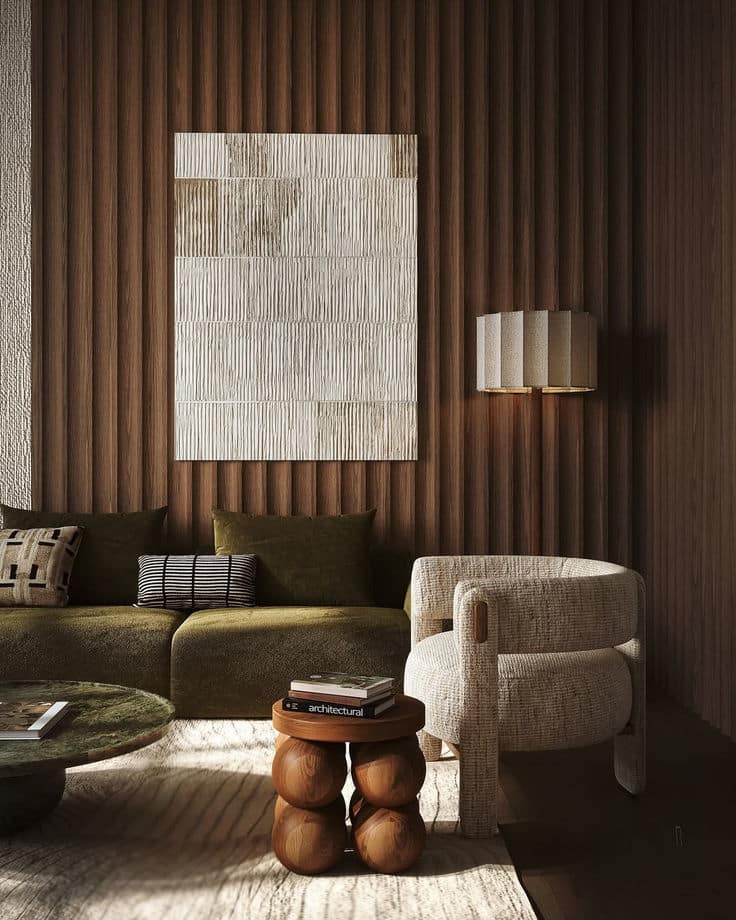
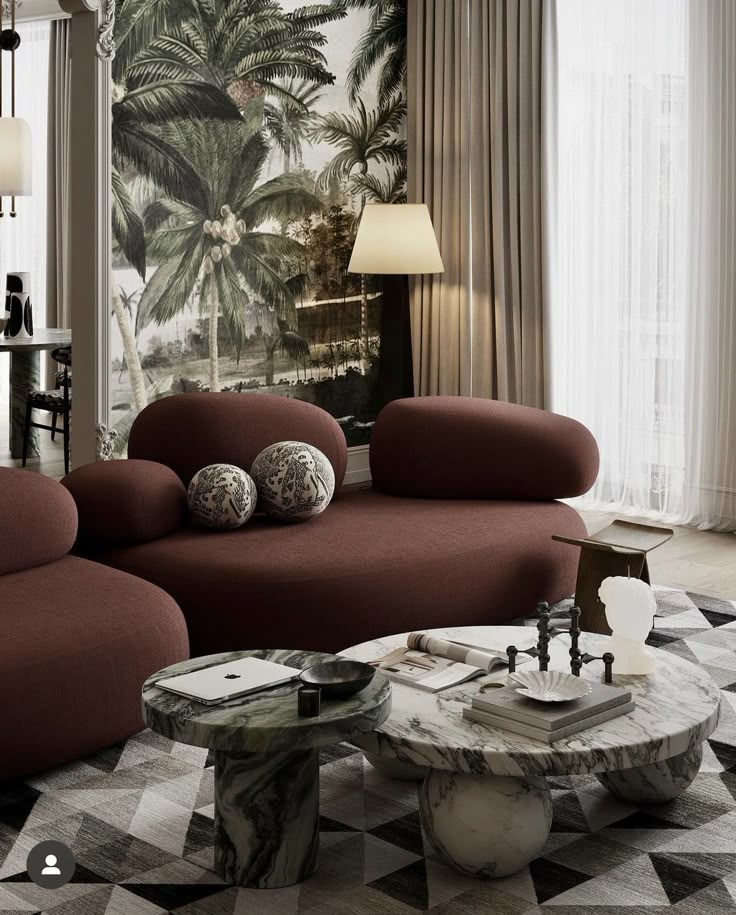
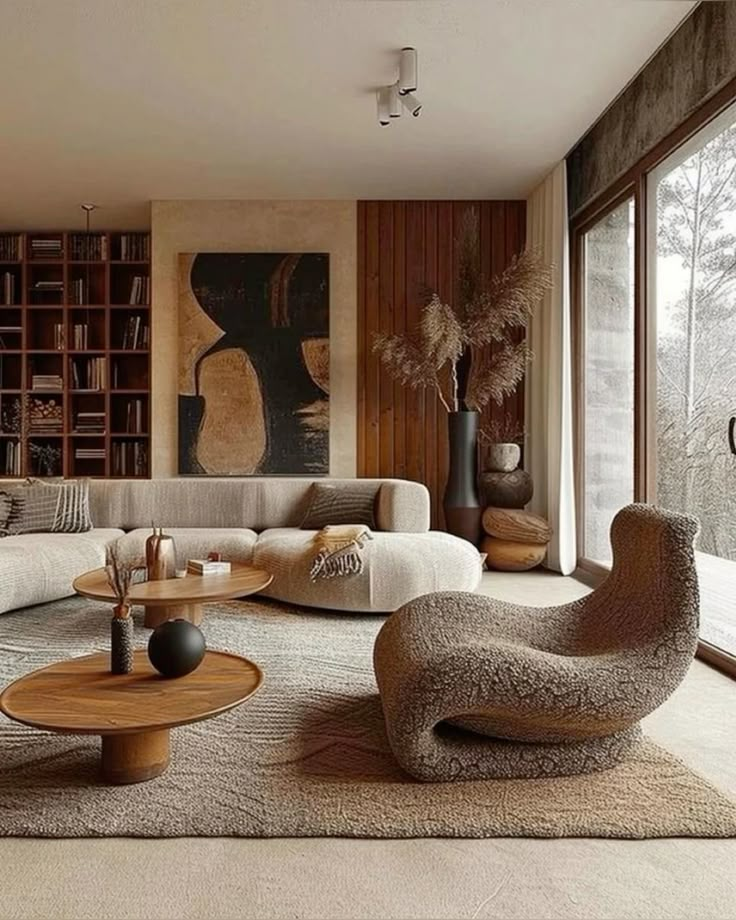
Shifting Preferences in Lighting and Color
In recent years, there’s been a noticeable shift away from older decorating styles, with lighting and color choices leading the change. Trends are focusing more on comfort, function, and warmth rather than simply following the latest fads.
Moving Away from Ceiling Lights
Ceiling lights, especially overly dramatic chandeliers or big statement fixtures, are being replaced by layered lighting. Instead of making overhead fixtures the main source of light, you might see more use of wall sconces, table lamps, and task lighting. This approach helps create a softer, more inviting atmosphere without harsh shadows.
Younger homeowners are also avoiding the use of colorful LED strip lights. Once popular for their fun look, these strips are seen as less sophisticated and can even clash with other décor. Neutral, warm-toned lighting is preferred since it looks natural and flatters most interior designs.
Lighting is increasingly treated like an accessory, adjusted to fit your needs and mood. Rather than relying on just one source, mixing different light levels makes your spaces more functional and comfortable.
The Diminishing Role of Minimalism
Minimalism, with its cold grays and ultra-sleek finishes, is giving way to spaces with more personality and warmth. You might notice fewer stark white walls, less industrial metal, and an embrace of cozier, layered looks.
Beige, taupe, and other soft neutrals are replacing bold whites and icy grays. People are moving toward embracing more natural textures, comfortable furnishings, and a relaxed approach to décor.
If you’re updating your home, think about bringing in textured fabrics, wood finishes, and personal touches like art or handmade ceramics. The goal is comfort and character, rather than sticking to rigid minimalistic guidelines. This creates a welcoming environment that feels lived-in and genuine.
Embracing a Modern Approach: What’s Next?
Modern interior design is moving away from fleeting trends and toward choices that offer lasting appeal and authenticity. You’re seeing more focus on sustainable materials and spaces that prioritize comfort and personal meaning.
Renewed Interest in Natural Materials
Natural materials are taking center stage in current interiors. You might notice more wood, stone, linen, and clay throughout new home designs.
Many homeowners and designers prefer these elements for their durability and timeless visual impact. Oak flooring, marble countertops, and natural fiber rugs stand out as essentials in this shift.
Table: Popular Natural Materials in Interiors
| Material | Common Uses |
|---|---|
| Wood | Flooring, furniture |
| Stone | Countertops, walls |
| Linen | Upholstery, drapes |
| Clay | Art, decor |
Natural materials age gracefully and bring subtle textures that make a space feel grounded. Because they’re usually locally sourced and minimally processed, these additions support more sustainable living and add a sense of calm.
Incorporating Warmth and Personality
Personalizing your space is now more important than following specific trends. Design choices that reflect who you are make your home inviting and unique.
Layering soft textures—like wool throws or tactile textiles—adds warmth without clutter. You can easily combine vintage finds, family heirlooms, and modern pieces for a more lived-in, authentic feel.
Bold expressions show up in small ways: a handmade vase, an original painting, or patterned cushions. Even color palettes are moving warmer, with earth tones and muted hues replacing stark whites or cold grays.
Mixing old with new and letting your style shine creates a home that’s both stylish and meaningful—no trend-chasing required.
- 0shares
- Facebook0
- Pinterest0
- Twitter0
